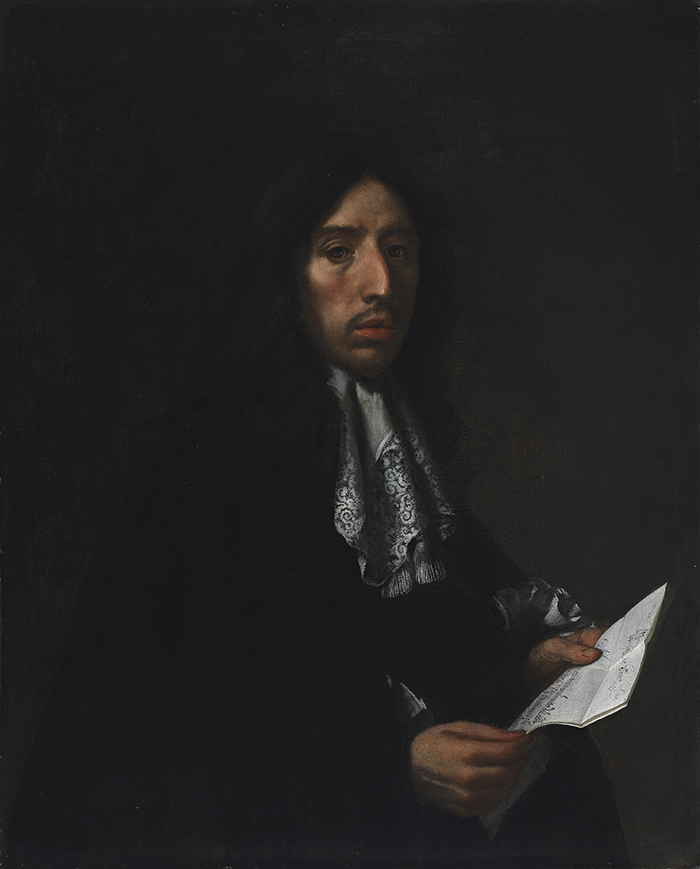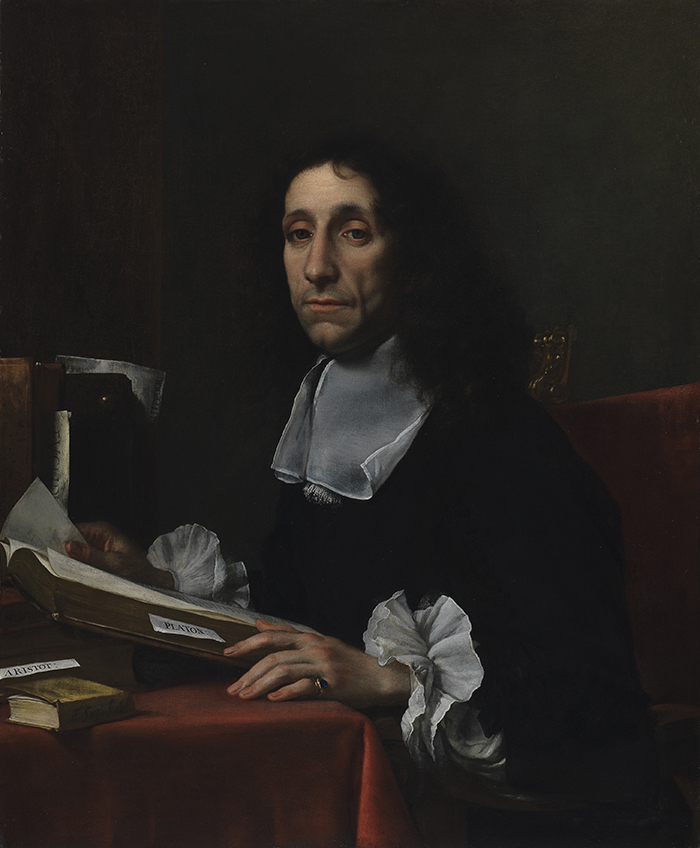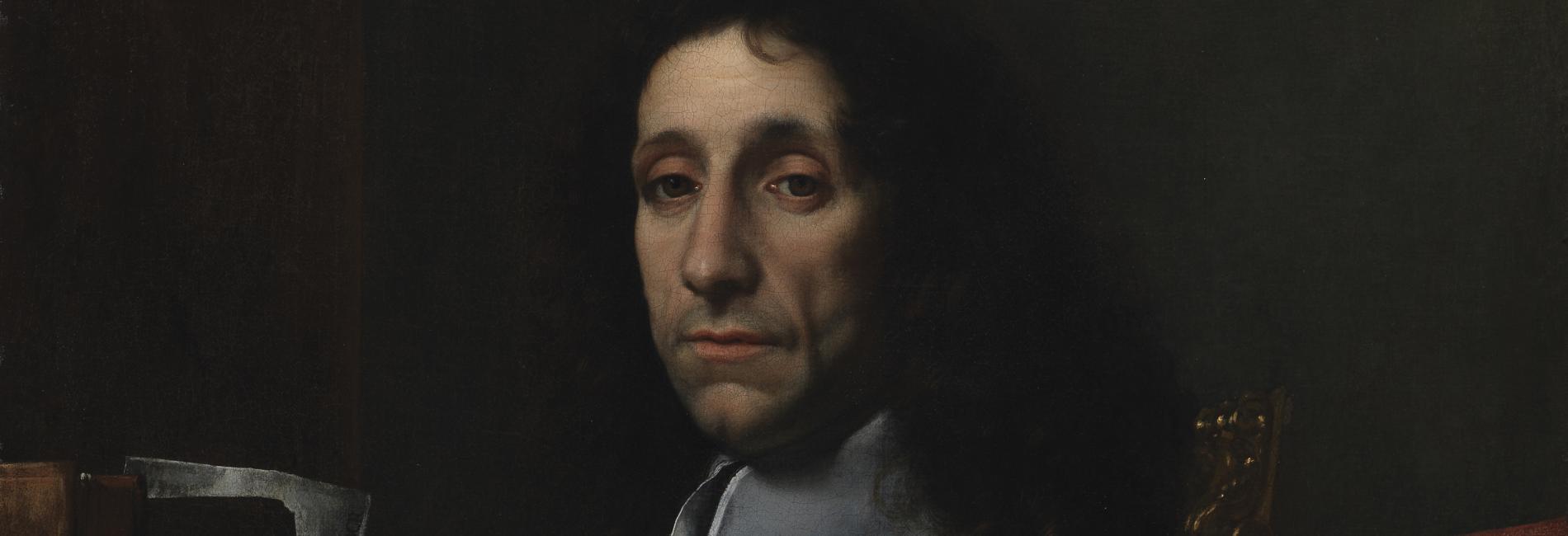In the Fitzwilliam Museum's grand Gallery 3, two portraits, of John Finch and Thomas Baines, hang facing each other. They were painted as a pair in the 17th century by Carlo Dolci.
Finch and Baines, both trained physicians, met while studying at Cambridge in the 1640s. They were inseparable throughout a relationship that lasted 36 years, and were buried together in a joint monument in Christ's College.
The two men were consistently referred to as the "greatest of friends", while they themselves thought of their relationship as a kind of marriage.
How do these paintings speak - or could speak - of the relationship between John Finch and Thomas Baines?
Oliver Warren, volunteer tour guide for the Bridging Binaries LGBTQ+ tour programme at the Fitzwilliam Museum, tells us more.
More information
Images


The paintings' current labels
Carlo Dolci
1616-1686
Sir John Finch, c.1665-70
Oil on canvas
Finch (1626-82) studied at Cambridge University and, like his companion Thomas Baines (displayed opposite), trained as a physician in Padua, Italy. In the early part of his career he was employed by the Medici family as Professor of Anatomy in Pisa, quickly gaining a reputation as ‘a lynx with the knife’.
In 1665 Finch was named Charles II’s Ambassador to Florence, and served in the same capacity at the Ottoman Court in Constantinople from 1672-81.
Finch was also an enthusiastic art collector who built up a fine collection of Italian art. He particularly admired the work of Carlo Dolci, whom he befriended, and regularly visited in his studio. During his Residency in Florence Finch commissioned not only this portrait and that of Baines but also several religious paintings, three of which he gave to Charles II.
Given by the National Art-Collections Fund, 1972
PD.12-1972
Carlo Dolci
1616-1686
Sir Thomas Baines c.1665-70
Oil on canvas
Thomas Baines (1622-80) studied at Christ’s College, Cambridge from 1636-49. While a student there, he met John Finch who became his life-long companion. From then until Baines’ death from fever in Constantinople, the two men were inseparable, forming a bond that Finch described as ‘a beautiful and unbroken marriage of souls’.
In 1651 Baines and Finch travelled to Padua to study medicine and around a decade later they were elected to the College of Physicians in London; Baines was also named Gresham Professor of Music the same year. This portrait was painted in Florence between 1665 and 1670, during Finch’s Residency as English Ambassador.
A devout man known for his religious paintings, Carlo Dolci was also a brilliant portraitist who was much sought after at the court of the ruling Medici family.
Given by the National Art-Collections Fund, 1972
PD.13-1972
SENSUAL VIRTUAL
Dolci’s painting technique was said to have been so painstaking that he would take weeks to paint ‘a single foot’.
Here he lavishes meticulous attention on the texture and details of costume, props and furnishings: the crisp white linen collar and ruffs of Baines’ shirt, the metallic sheen of the chair back, and the vellum-bound books scattered on the table.
Baines looks up momentarily from his reading to meet our gaze. The book he holds is clearly labeled ‘Plato’, another ‘Aristotle’, both alluding to the sitter’s philosophical leanings. But this is no arid scholar. Dolci’s sensuous painting of the flesh – the long tapering fingers, dark sunken eyes, fleshy lips, and hint of a five-o’clock shadow across the chin – evoke a presence that is as powerfully physical as it is intellectual.


